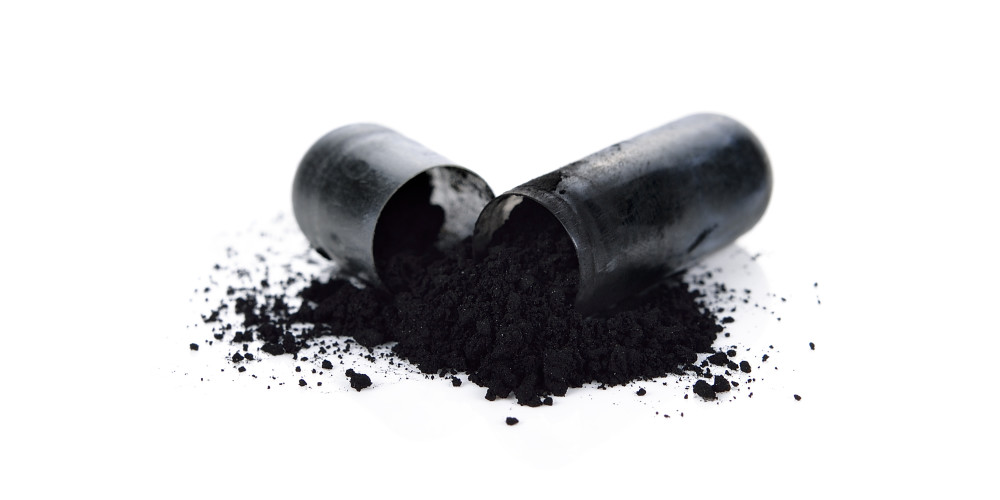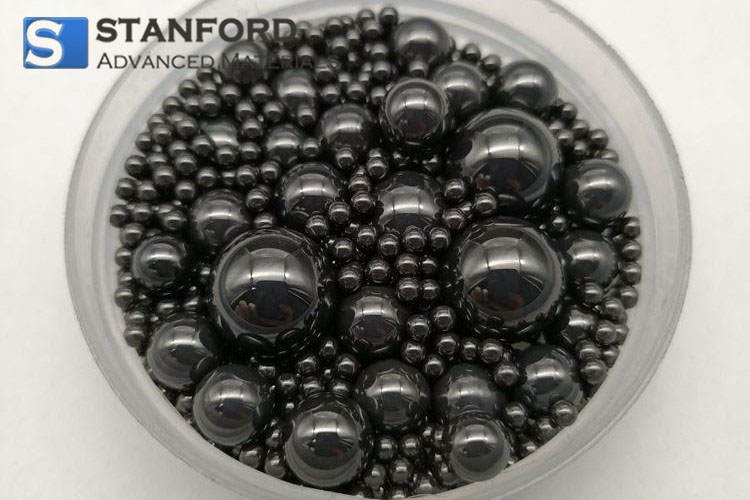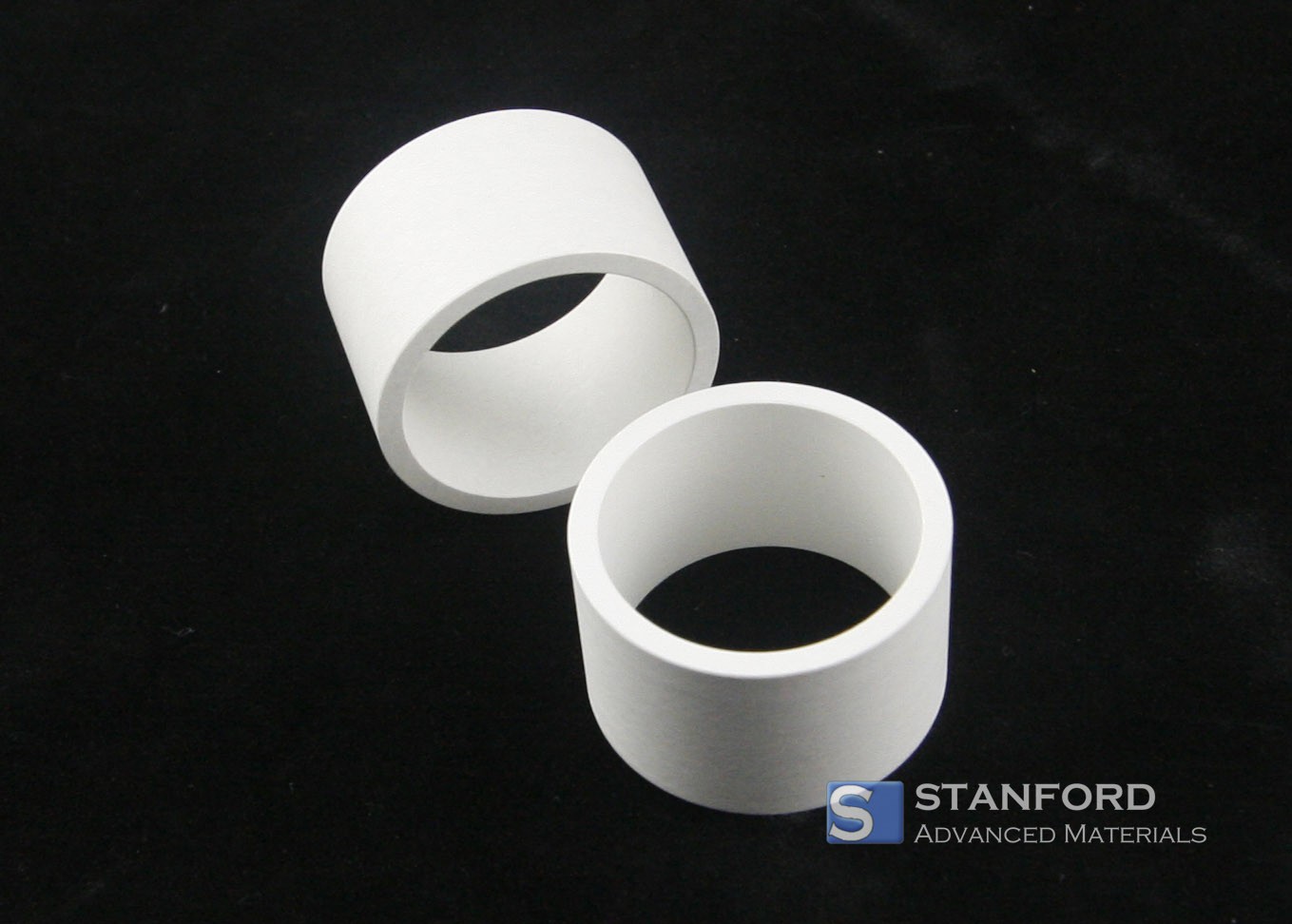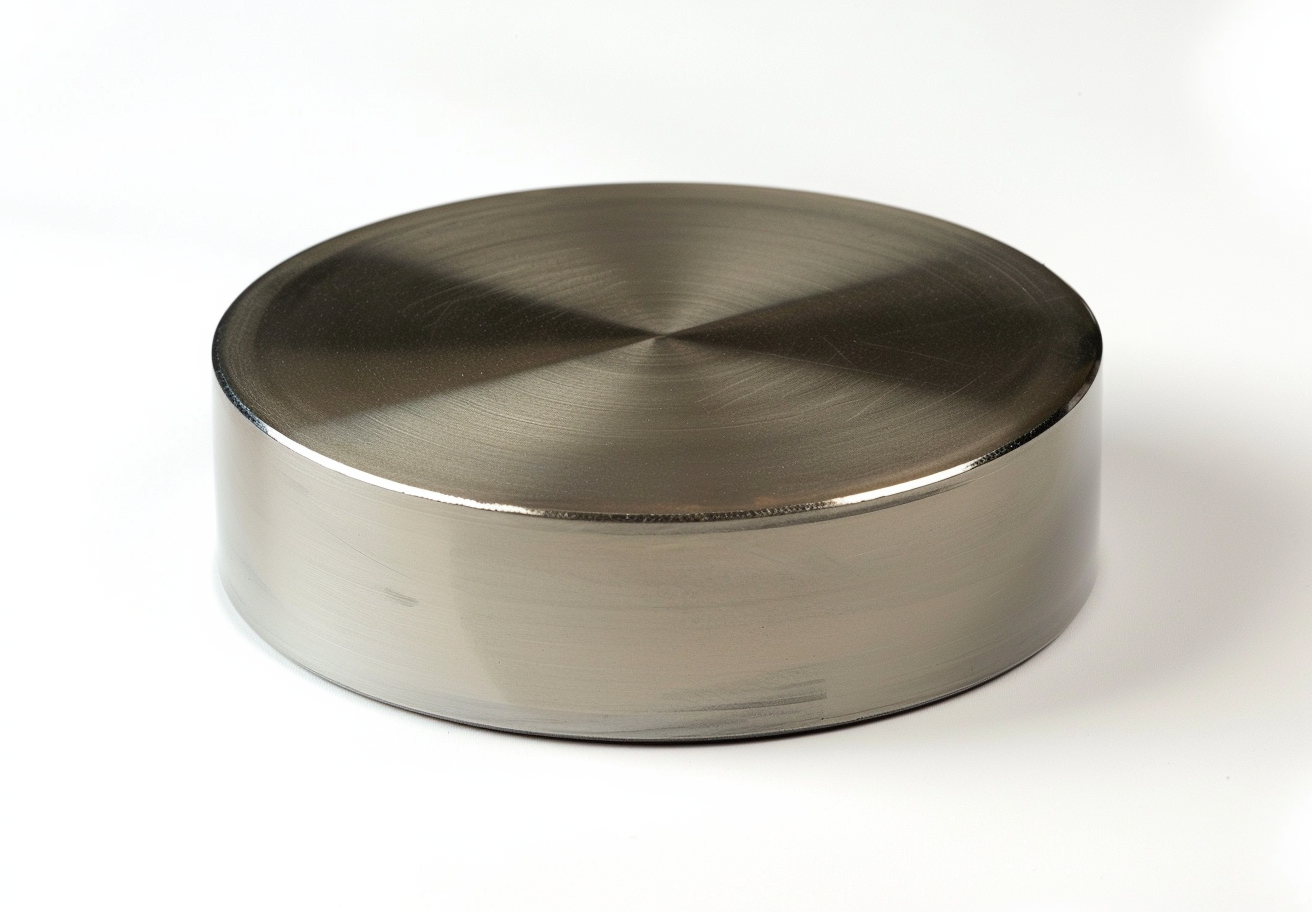How Are The Slippery Engineering Ceramic Materials Refined?
Structural ceramics are employed in various fields due to their high hardness, strength, stiffness, low density, excellent chemical stability and outstanding mechanical properties at high temperatures. They have become one of the most wear‐resistant components.
Under conditions of dry friction, the friction coefficient and wear rate become higher when ceramic materials are paired with ceramic or metal. Studies indicate that the friction coefficient generally ranges from 0.7 to 0.9, which frequently results in failure owing to significant wear. Consequently, achieving effective lubrication or self‐lubrication in ceramic materials is essential to broaden their technical applications.
Traditional Ceramic Lubrication Technology and Self‐Lubrication
Ceramic materials used in engineering are currently lubricated mainly by means of liquids, greases and lubricants. However, these traditional methods present several shortcomings. For example, additives in the lubricants do not interact with the ceramic surface and are unable to form a boundary film that permits complete contact; the viscosity of conventional lubricants decreases exponentially with rising temperature, thereby leading to direct contact with micro‐convex bodies; the properties of liquid lubricants deteriorate at high temperatures; and the use of lubricants results in a degree of environmental contamination.
![]()
Research into self‐lubricating ceramics provides an approach to address the issues of high friction coefficients and wear rates observed in ceramic materials.
The Approach to Realising the Self‐Lubricating Function of Ceramic Materials
At present, self‐lubricating ceramic materials can be produced by three methods.
1. The base material is self‐lubricating
Certain ceramic materials, functioning as self‐adjusting pairs, are capable of exhibiting self‐lubrication under specific conditions. This is generally because the tribological reaction or the self‐lubricating performance occurs under the influence of an external lubricating medium.
Aluminium Oxide Ceramics are frequently employed as wear‐resistant materials, and numerous studies have been published on their tribological properties at high temperatures. The studies indicate that at 1000 ℃ dynamic recrystallisation occurs, resulting in a fine grain structure accompanied by the formation of a glassy phase. This glassy phase reduces the roughness of the frictional contact surface and improves the tribological performance.
![]()
2. The organic reaction produces lubricating substances under specific conditions
Some self‐lubricating materials utilise additives that react with each other or with oxygen from the air under defined conditions to form substances with a lubricating function. These substances draw a film onto the friction surface, thereby achieving lubrication. This method avoids the adverse effects on the mechanical properties that occur with the addition of solid lubricants. The lubricating film is generated solely by the chemical reaction induced by friction at high surface temperatures, which enables the ceramic material to exhibit self‐lubrication under high‐temperature friction.
3. The solid lubricant is directly incorporated into the material matrix
Currently, the self‐lubricating function of most materials is realised by incorporating a specific amount of solid lubricants into the material matrix; this method is the focus of current research.
* Common Solid Lubricants
Common solid lubricants include Graphite, HBN, Molybdenum Disulphide (MoS2), Graphite Fluoride, Calcium Fluoride (CaF2) and others. HBN exhibits improved high‐temperature stability and lubricating performance. Although MoS2, Graphite and HBN possess similar layered structures, the crystals of MoS2 and Graphite tend to fracture during friction, and the resulting fine particles can react chemically with the surrounding gases, thereby leading to suboptimal lubrication. HBN maintains a high hardness and does not fracture readily during friction, and white HBN lubricants do not cause contamination as Graphite does.

* Study on the Self‐Lubricating Properties of Silicon Nitride Ceramics
Silicon Nitride Ceramics possess a low friction coefficient and exhibit self‐lubricating properties, with the coefficient ranging between 0.02 and 0.35. The coefficient of thermal expansion is low and is comparable to that of Silicon Carbide (SiC), Zirconium and Mullite. Silicon nitride ceramics with good thermal conductivity and seismic resistance are employed in high‐temperature environments.
* Study on the Self‐Lubricating Properties of Zirconium Dioxide Ceramics
Zirconium Dioxide Ceramics demonstrate excellent thermal stability and insulation at high temperatures and are used in ceramic coatings and wear‐resistant materials for high‐temperature applications. However, their friction coefficient remains relatively high, which restricts their use. Given that research on zirconium dioxide-based ceramic materials is progressing, tribological studies are of particular importance. The investigation of zirconium dioxide ceramics with incorporated solid lubricants makes it feasible to employ these materials as friction components in high-temperature conditions.

 Bars
Bars
 Beads & Spheres
Beads & Spheres
 Bolts & Nuts
Bolts & Nuts
 Crucibles
Crucibles
 Discs
Discs
 Fibers & Fabrics
Fibers & Fabrics
 Films
Films
 Flake
Flake
 Foams
Foams
 Foil
Foil
 Granules
Granules
 Honeycombs
Honeycombs
 Ink
Ink
 Laminate
Laminate
 Lumps
Lumps
 Meshes
Meshes
 Metallised Film
Metallised Film
 Plate
Plate
 Powders
Powders
 Rod
Rod
 Sheets
Sheets
 Single Crystals
Single Crystals
 Sputtering Target
Sputtering Target
 Tubes
Tubes
 Washer
Washer
 Wires
Wires
 Converters & Calculators
Converters & Calculators
 Write for Us
Write for Us


 Chin Trento
Chin Trento



